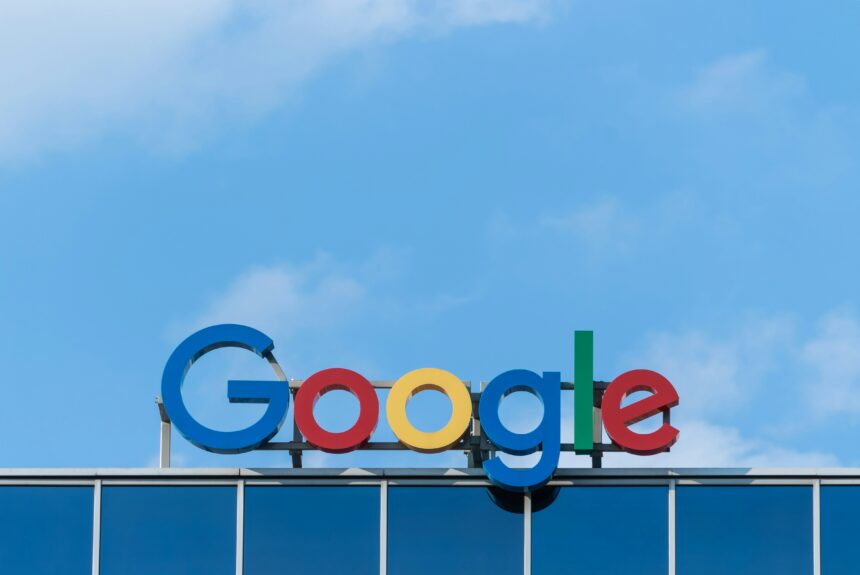With a commitment to operate on emissions-free power 24/7 by 2030, Google has been particularly active in supporting clean energy. Most recently, the company is pledging $35 million to support carbon dioxide removal (CDR).
>>>READ: What’s the Future of Direct Air Capture?
Carbon removal uses technology, like direct air capture, and natural processes, like enhanced weathering, to pull carbon from the atmosphere and either sequester it in some form of storage or put it to use in another area. Some companies use this captured atmospheric CO2 to make spirits, clothing, and carbonated beverages.
To catalyze the use of CDR, the private sector has created carbon removal credits that allow companies, organizations, or individuals to offset their CO2 emissions by compensating other corporations or individuals who own or operate CDR facilities.
The challenge with many carbon credits is that they are hard to measure, report, and verify (MRV). This is particularly true of some natural climate solutions like tree planting or no-till farming, though various technologies have improved MRV. For technologies like direct air capture, emissions abatement is easier to measure but the cost is significantly higher. As a result, CDR writ large has struggled to yield a return on investment, which has discouraged some financiers from embracing the industry.
Google’s $35 million pledge is part of the Department of Energy’s Voluntary Carbon Removal Purchasing Challenge. The Purchasing Challenge aims to catalyze private investments in CDR credits by connecting top suppliers to buyers, This program will improve transparency by creating a leaderboard of carbon removal purchases. The voluntary CDR purchasing challenge follows DOE’s $35 million funding opportunity through the Carbon Dioxide Removal Purchase Pilot Prize.
>>>READ: The U.S. is Now Home to the World’s Largest SAF Facility
“We’re proud to be the first company to pledge to match the DOE’s program dollar for dollar: through our own initiatives, we plan to contract for at least $35 million worth of carbon removal credits over the next 12 months,” stated Randy Spock, Google’s carbon credits and removals lead. “This model of mutually reinforcing public-private support is an important tool to commercialize carbon removal solutions. As with many emerging technologies, governments and companies have a critical and complementary role to play in demonstrating promising carbon removal approaches and bringing them to a commercial scale.”
This is not Google’s first endeavor in the carbon removal space. In 2022 the tech giant’s parent company Alphabet was a part of a consortium that purchased $1 billion in CDR offtake agreements through Frontier, a public benefit company launched by Stripe to facilitate carbon dioxide removal purchasing. Google is also a member of the First Movers Coalition, a global initiative of companies that includes Microsoft, Amazon, and Apple which is working together to increase the demand for emerging climate technologies. Private sector procurement of nascent clean energy technologies can help increase the supply of those technologies and drive down the cost as projects and technologies scale.
Many companies face criticism when relying on carbon credits to meet their net zero goals, especially if the legitimacy of those credits comes into question. Google has taken a different approach by actually investing in emissions-free power. In 2022, 64 percent of the company’s energy needs were met by CO2-free energy. Nevertheless, carbon dioxide removal and voluntary carbon markets are promising tools to address climate change. Google’s recent investment is a welcome step that could help improve the validity of both CDR technologies and carbon credits.
Kelvey Vander Hart is a native Iowan, a member of the American Conservation Coalition, and a communications specialist at Reason Foundation.
The views and opinions expressed are those of the author’s and do not necessarily reflect the official policy or position of C3.
